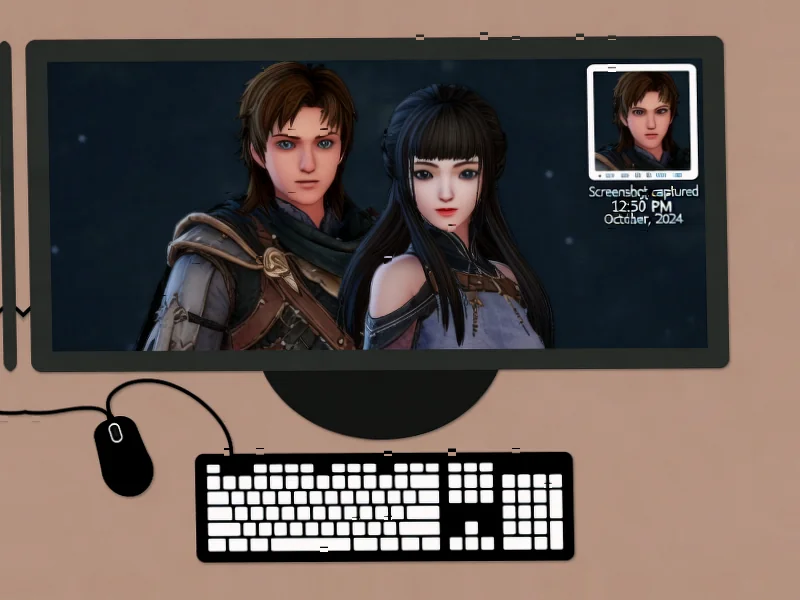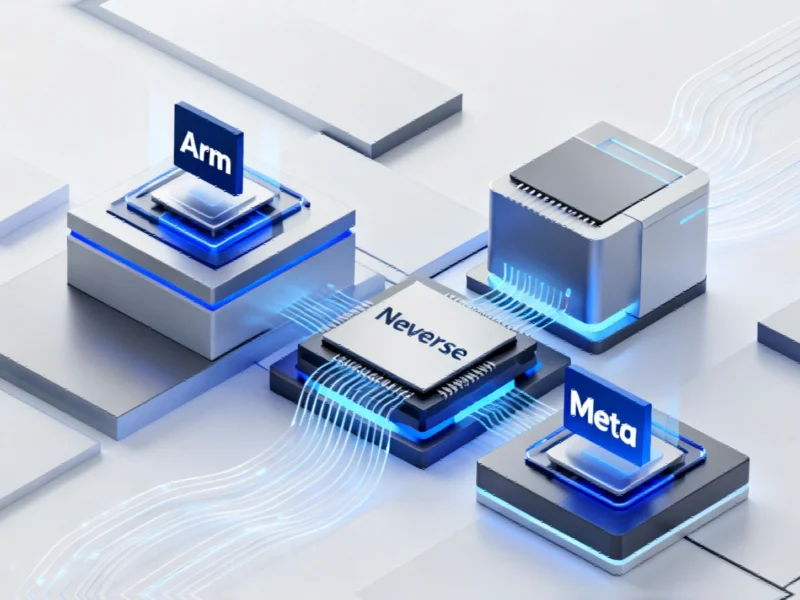According to Guru3D.com, Microsoft has clarified that its Gaming Copilot feature doesn’t use gameplay footage for AI training, despite capturing screenshots during play. The company explains these images help the system understand in-game events to provide better suggestions, with training data coming only from direct chat or voice interactions. This clarification came after network traffic analysis revealed screenshot transmission to Microsoft servers, raising privacy concerns among gamers.
Table of Contents
Understanding the Technical Architecture
The underlying technology here involves sophisticated artificial intelligence systems that must process visual data in real-time to provide gaming assistance. When Microsoft captures screenshot data, they’re essentially creating a visual understanding system that can interpret game states, character positions, and environmental contexts. This requires significant computational power, which explains why the processing might occur in the cloud rather than locally on user devices. The distinction between training data and operational data is crucial – while Microsoft claims screenshots aren’t used for model training, they’re still being analyzed by AI systems that were trained on some dataset originally.
Critical Privacy and Security Concerns
The most significant issue here isn’t just about AI training – it’s about data transmission and storage practices. When network traffic analysis reveals that gameplay screenshots are being sent to Microsoft servers, this creates multiple potential vulnerabilities. Games under non-disclosure agreement could be compromised, personal information might accidentally be captured, and the sheer volume of visual data being transmitted represents a substantial privacy surface area. Even if Microsoft isn’t using this data for training today, the infrastructure to collect it exists, creating future temptation and capability. The default-enabled text training setting further suggests a pattern of opt-out rather than opt-in privacy approaches that have repeatedly caused controversy in the tech industry.
Broader Industry Implications
This situation reflects a larger trend where Microsoft and other tech giants are racing to integrate AI into gaming ecosystems, often prioritizing functionality over privacy considerations. As gaming becomes increasingly connected and AI-assisted, we’re seeing a fundamental shift in how player data is collected and utilized. Competitors like NVIDIA with their AI-driven features and Sony’s potential responses will likely face similar scrutiny. The gaming industry’s traditional approach to data privacy is being stress-tested by AI capabilities that require constant data streams to function effectively. This creates inherent tension between innovation and user protection that regulators are only beginning to address.
Future Regulatory and Market Outlook
Looking ahead, I expect increased regulatory attention on AI data practices in gaming, particularly around default settings and transparency. The European Union’s AI Act and similar legislation globally will likely force more explicit consent mechanisms for data collection used in AI systems. Microsoft’s approach of clarifying after-the-fact when concerns arise suggests the industry needs more proactive transparency. As AI gaming assistants become more sophisticated, the line between helpful feature and privacy intrusion will continue to blur. Companies that establish clear, verifiable data handling practices early will likely gain competitive advantage as consumer awareness of these issues grows. The unanswered question about local versus cloud processing of screenshots indicates this technology is still evolving, and its final form will be shaped by both technical requirements and privacy expectations.



